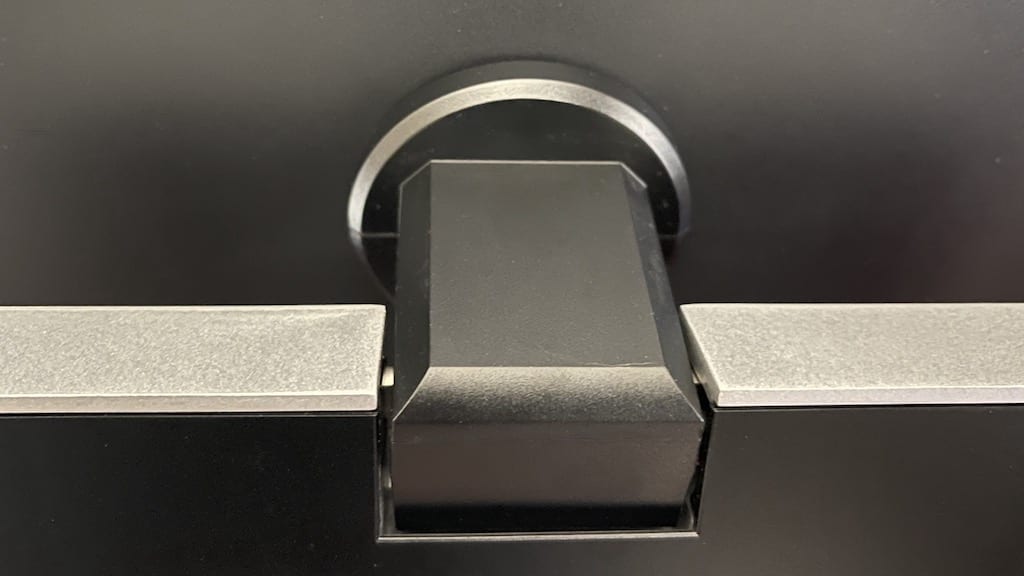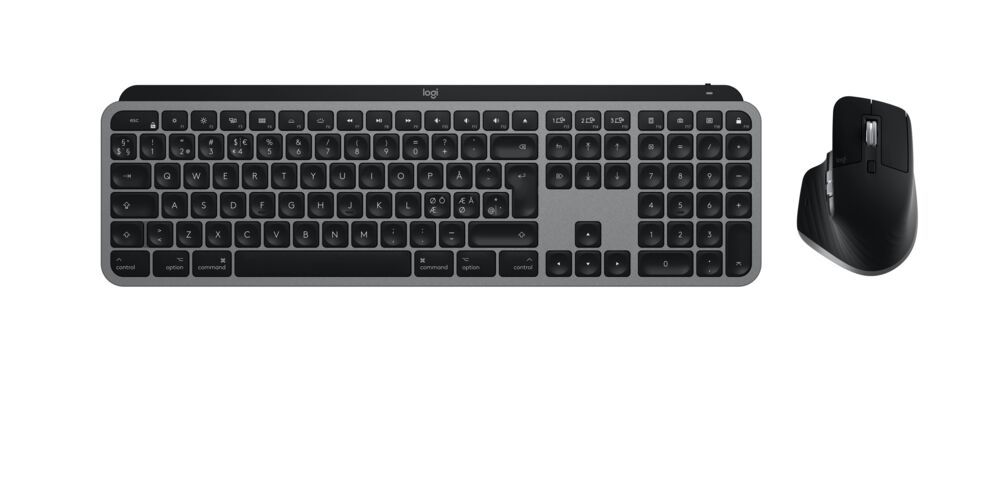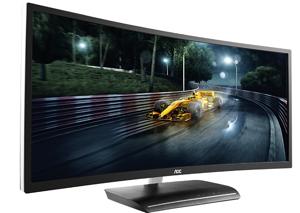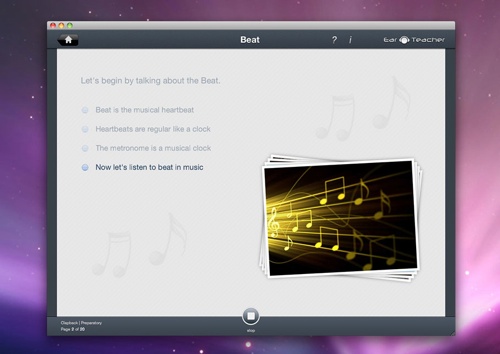Most iPad Pro docks are alike. They’re usually a slim piece of aluminum with a USB-C port, a couple of USB-A ports, perhaps an SD card reader, an Ethernet port, HDMI port, and so on. The Kensington StudioDock ($399.99) goes well beyond that. It’s a “monitor stand” for using an iPad Pro as a Sidecar display for a MacBook. It allows charging of the iPad Pro and many other Apple devices, and still provides a variety of ports.
I recently had an opportunity to review the StudioDock. I have to say that not only am I impressed, but I think it’s the ultimate iPad Pro dock. Combined with one of the new M1 iPad Pro models, it offers iMac-like desktop capability. Read on to read more about this incredible piece of engineering.
Design
To begin with, let’s look at the design of the Kensington StudioDock. It’s not light, and you definitely won’t find yourself taking it on the road. It’s made to be used on a desktop, weighing in at 6 lb, 4 oz (2.83 kg). That weight comes in handy when using a 12.9-inch or 11-inch iPad Pro as a second monitor. I found that when I put the iPad Pro onto the tilting stand, it was rock solid — much more so than the 27-inch LG monitor I use with my MacBook Pro.
The tilting area of the StudioDock also rotates. When placing an iPad Pro onto the StudioDock, you rotate the dock into portrait mode. There’s a USB-C charging/data plug on the bottom side that the iPad Pro slides onto. A powerful magnet behind the rotating/tilting section holds the iPad in place. There is NO way it’s going to move. You can use the iPad Pro in either portrait or landscape mode, and rotation takes just one hand. Once rotated, the iPad is held firmly in place.
That charging/data plug also has a spot where a forthcoming Kensington Apple Watch charger can plug in. I found it worked just fine with the ($39.99) Satechi USB-C Charging Dock for Apple Watch while I await the matching Kensington solution.
Qi Charging and Ports
Moving down to the base of the StudioDock, we find Qi-compatible charging pads for both the iPhone (I’m using an iPhone 12 Pro Max and it fit perfectly) and AirPods. Both charging pads have blue LEDs that light up when the charging pad is in use.
On the left side of the StudioDock upright is a power button (also equipped with a blue LED) and a USB-C PD port. I used that port to plug in my M1 MacBook Air. The right side has an SD card reader and a 3.5mm combo microphone/headphone port.
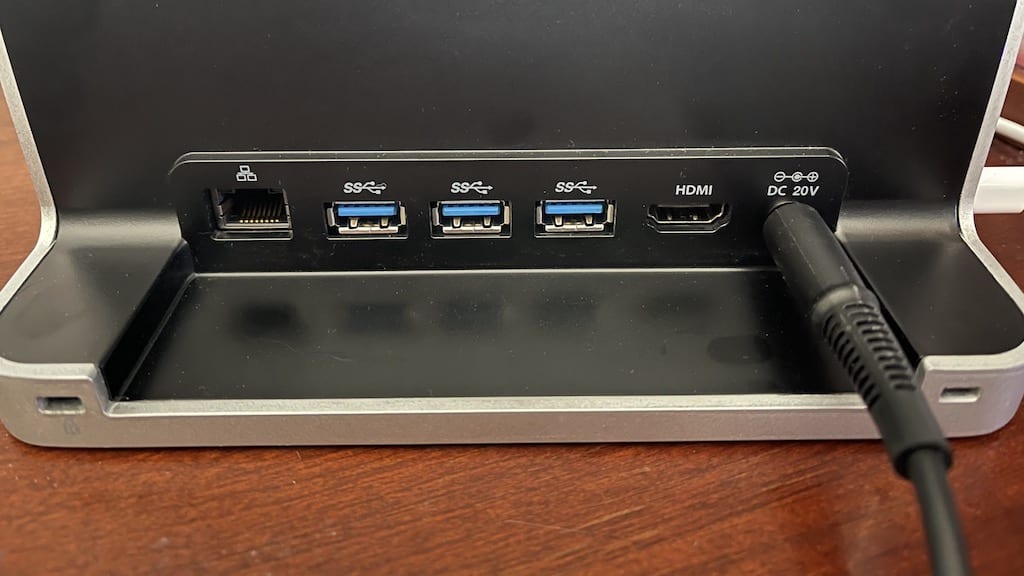
Back Side of the Kensington StudioDock
OK, so we have a lot of charging capability and some ports on the sides and base of the StudioDock, but the majority of the ports are in the back. What’s back there?
From left to right (see image above):
- Gigabit Ethernet Port (1000/100/10 Kbps)
- Three USB-A Ports (all SuperSpeed)
- HDMI 2.0 Port (4K, 3840 x 2160 @ 60Hz)
- Plug for power adapter
In addition, there are a pair of Kensington lock ports for keeping the StudioDock from “walking away” from your desk.
The Kensington StudioDock in Real World Usage
Now, I have a lot of Apple gear — an M1 MacBook Air, a 16-inch MacBook Pro, and 12.9-inch iPad Pro that’s about to be replaced with an M1-powered 11-inch iPad Pro. The MacBook Pro has an attached 27-inch LG 4K monitor. Y’know what? I’m seriously thinking of selling the MacBook Pro now that I have the StudioDock.
Most of the apps I use daily run quickly on the M1 MacBook Air, which is more compact for travel anyway. Note that the StudioDock does not act as a USB-C hub for the MacBook. I was hoping that I could simply plug the HDMI cable into the back of the dock and it would pass through the Mac video to the 4K monitor. Instead, it’s useful in placing the image on the iPad Pro onto the large monitor.
“Excess Inventory”
Here’s why I’m thinking the MBP is now excess inventory: with StudioDock, I can charge the MacBook Air and have the iPad Pro act as a side screen (using Sidecar) for Mail and charge my iPhone and Apple Watch. With the open USB-C port on the MacBook Air, I can attach a USB-C hub for all the other needs — the large screen monitor, a backup drive, my old SuperDrive if needed.
The 11-inch M1 iPad Pro I’ll be getting later this month is now going to be my “backup machine”, rather than the MBA being a backup to my MBP as in the past. A lot of the work I used to do on the MBP can now be done on the iPad Pro while it’s connected to the large screen monitor.
For years I’ve been going back and forth on whether an iPad or iPad Pro could be a “MacBook Replacement”. The Kensington Studio Dock really turns an M1 iPad Pro into a “desktop replacement” like a “small iMac”. Just plug an old wired USB mouse and keyboard into the ports on the back for easy data entry, or go with the wireless equivalents to keep those ports open.
Review overview
The Pros
- Solid
- Versatile
- Worth the price
- Easily adjustable
The Cons
- None to speak of
summary
9.8The Kensington StudioDock is a well-designed and implemented iPad Pro dock, offering a rock-solid base for the iPad with plenty of charging options and ports. It essentially turns an M1 iPad Pro into a very powerful “desktop” machine.
Article provided with permission from AppleWorld.Today

